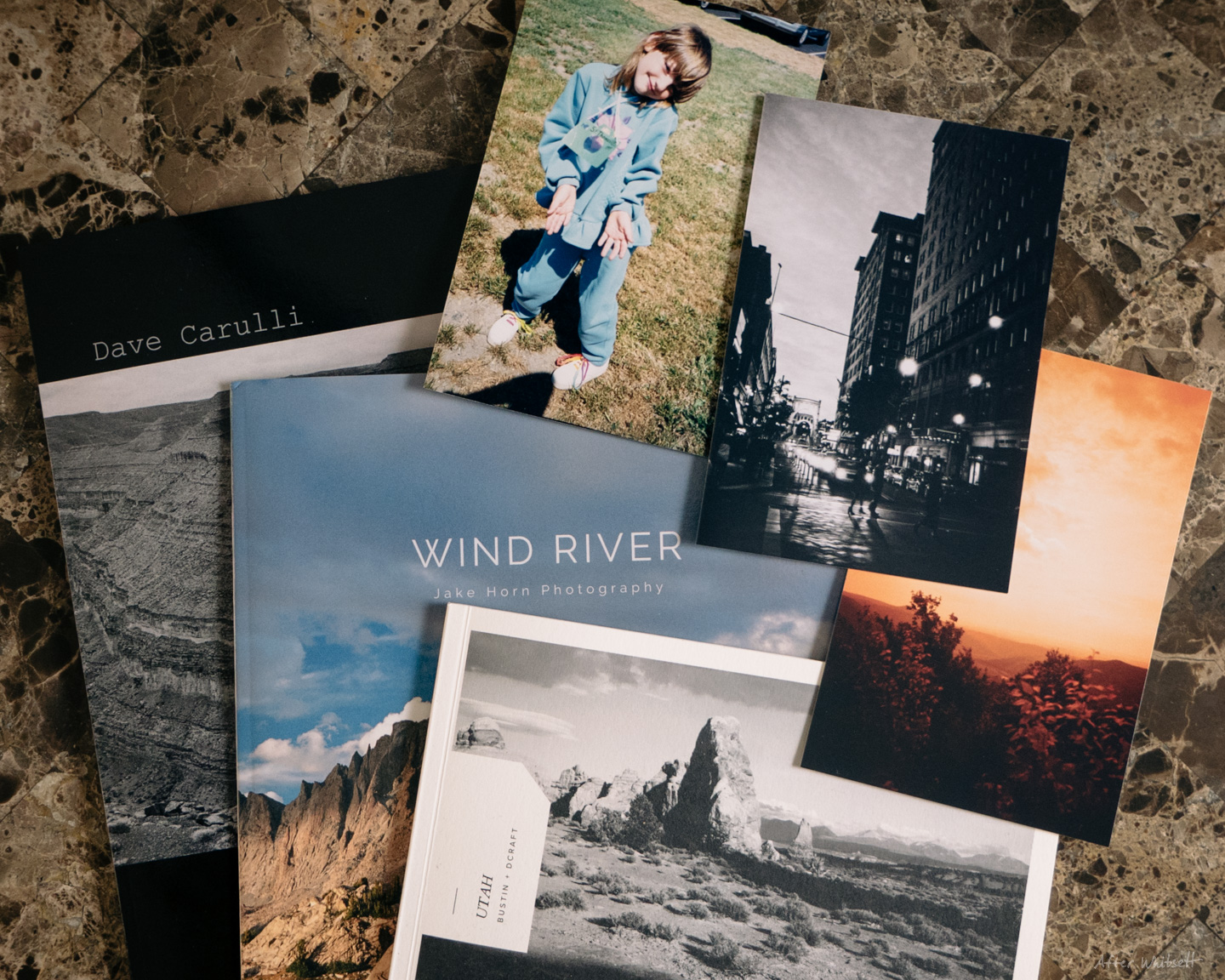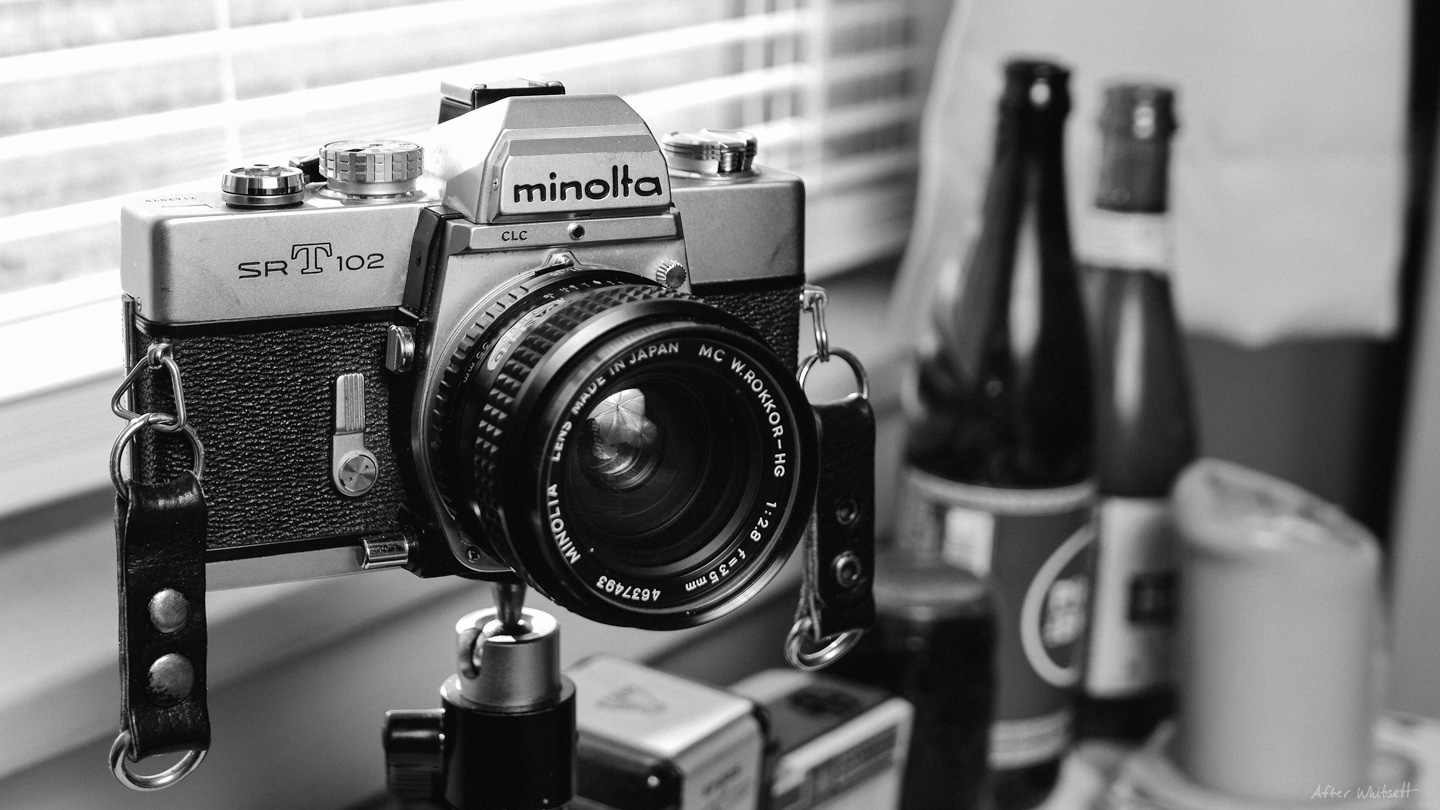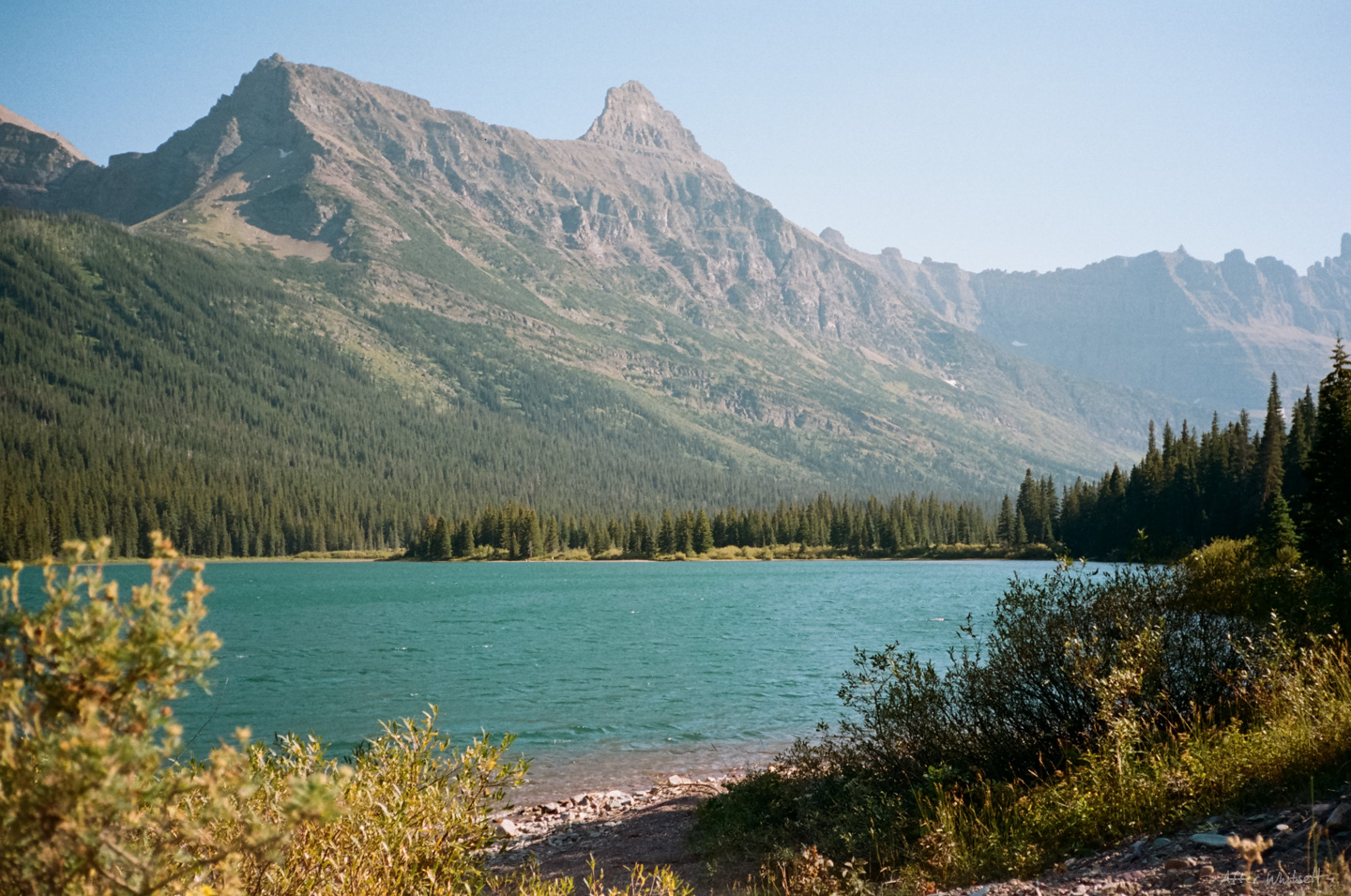Photography is often less of a hobby and more of a journey over time. Inevitable in any photographer’s journey is the endless debate of digital vs film. On the internet, the debate is commonly framed around image quality, which has already been covered extensively by some very scientific photographers. Framing the discussion around quality alone ignores so much of the best things about photography, such as the user experience of actually taking pictures. When I have to choose between analog and digital, I don’t worry about the image quality or the resolution of the photos. Instead, I ask myself,
“Will I enjoy shooting this with film?”
I have committed to making my photographic journey as enjoyable as possible. I shoot to fulfill myself creatively, and I only shoot what I want to photograph. Even with this clarity, there’s no one answer to the question of film or digital – I use both. But, when I evaluate individual photographic situations, there’s almost always an exclusive answer for me, and most of the time it is film.

The advent of digital photography has brought tremendous convenience and reliability to photography. If I’m shooting a project for someone else, or if there’s money involved, I will always reach for my digital camera. In contrast, when I want to make memories, say, on vacation, I go with film only. When using gear with less automation, one is forced to think and consider more, especially when every shutter push has a monetary consequence. The end result is one photograph you worked to make sure is the best you could make it.
Recently, my friend Justin pointed out that he made a significant realization the last time he edited a photo. He was always trying to make his digital photos “look like film.” I immediately knew I was guilty as well. Editing photos is tedious to me, which is a reason I love shooting film. I barely ever touch the film scans I get back from the lab in post production. In a comment on a Digital Photography Review thread, I once saw someone claim that there is no reason to shoot film anymore because so many great filters exist to replicate the looks of all the popular film stocks. With this argument, I come to the opposite conclusion: if you want your digital photos to look like film, there’s little point in shooting digital and “faking it.” I’ve also heard it said that digitally scanning film is “faking it” too, which is a fair point. Film photography’s original presentation medium is a physical print, not a digital scan.

I admittedly don’t dabble in the type of photography that actually requires a digital camera. I don’t make composited, focus stacked, multi-exposure HDR images, because they are artificially augmenting reality while, at the same time, trying to be passed off as a “photograph” to the untrained, Instagram double-tapping eye. Even when done beautifully, they lack a journalistic integrity I value in photography. I agree with the notion of calling these images “digital paintings” rather than “photographs,” but I do have respect for the technical skill required to do them well.
The word “photograph” inherently has a journalistic meaning attached to it – a pseudo guarantee that what you are seeing is a fair representation of reality. But, like the “digital paintings” described above, much of my analog photography is unapologetically unrepresentative of reality. I shoot a lot of film swaps and multiple exposures, and in general try to treat the film plane as my canvas and the camera/lens as my paintbrush (unfortunately, that’s the least cliché metaphor I can come up with). These are all in-camera, analog composites. I find this kind of 100% analog blending of images extremely rewarding to me. It doesn’t often work, but when it does, it is magic.
I love almost everything about the process of shooting film, even the things many people consider inconvenient. I love advancing the film via the lever or dial, I love the sounds the camera makes, I love making real double exposures, I love knowing and discovering different film stocks, I love the serendipity and “happy accidents” that comes with the territory. I even love having to wait to see my images because the anticipation and payoff is the same excitement as a child’s Christmas morning.
What I don’t love is how expensive film is to process and scan in 2018. I haven’t developed my own film in quite some time, and I’m currently not in the market to build my own darkroom, so I end up paying around $15 per roll to get my film developed and scanned.

These images were made with a camera purchased at a thrift store for 50 cents (seen below) and a $9 roll of Kodak Portra 400. The roll was processed for $15. So, for under $25 you can make images that, in my opinion, rival that of a DSLR, all with the added bonus of not having to spend time fine tuning the image in post production. That still blows my mind.

Even full-featured, high-end film cameras are cheap compared to their digital counterparts. I recently purchased one of Nikon’s “professional” SLR film bodies, the N90s, for $85. It’s original MSRP was over $1000 in 1997 dollars.
Film may be expensive and less reliable than just shooting digital, but I’ve yet to find a feeling that matches getting photos back and seeing that I completely nailed an exposure and composition. When I first learned how to shoot, develop and print film in college, I became a better photographer because I was seeing the full spectrum of the process. It wasn’t just pressing a button and seeing an image on my phone’s screen, it was loading the appropriate film, picking the right lens or focal length, composing, choosing the appropriate combination of shutter speed and aperture, manually focusing, pressing the shutter button, rewinding the film, loading the development tank, developing, making a contact sheet, and finally arduously printing an individual photo. The end result now had meaning bestowed upon it. The precise work put into the printed photograph was just as important at the visual aspect of the image itself.
Paying the extra money to shoot film isn’t just about paying for an authentic, retro look. For me, it’s worth the time and money for forcing me to live more in the picture-taking moment, to spend more time with reality, rather than the representation of it, and to create art under a purely physical and chemical medium.
-Dave

![]()















Pingback